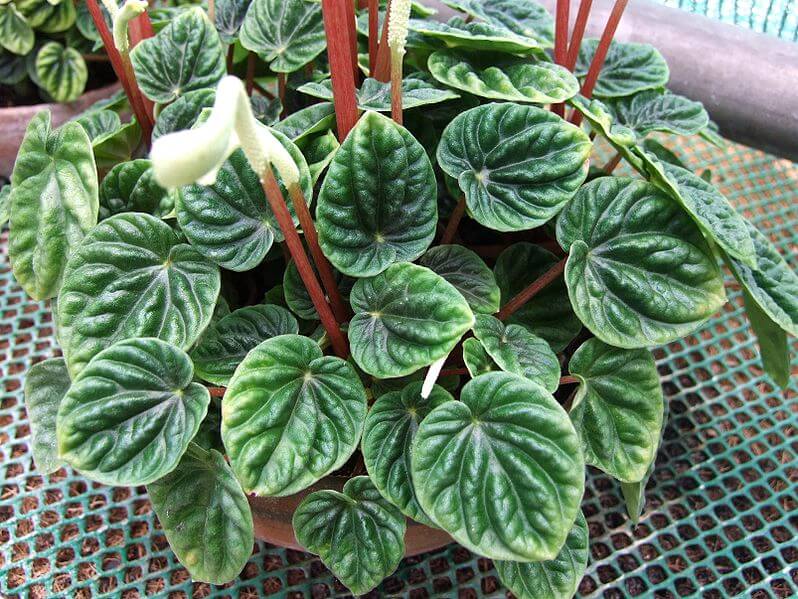
How do I keep cats out of the garden? Question from Richard of Winston Salem, North Carolina.
Answer: Even if you love cats, they can be real pests in the garden, even though they keep a wide variety of other garden pests at bay. Their love of soft mulch and soil for defecation encourages them to treat nice garden ground as makeshift cat boxes. Bird lovers also frown at cats hovering around their yards and feeders.
There are several methods for deterring cats from the garden. You will have the best luck if you target the areas where cats are the biggest problem. Here are my recommendations.
Repellent Plantings
First, you can rely on natural or store-bought repellents. Cats dislike strong citrus and menthol smells. So during the summer months, you can plant herbs that they dislike. These include the attractive cat repellent plant (Plectranthus caninus), lemon verbena (Aloysia citriodora), lavender (Lavandula spp.), rosemary (Rosmarinus officinalis), rue (Ruta graveolens), and sage (Salvia officinalis). Oniony smells are also not cat favorites, so chives (Allium schoenoprasum) or summer ornamental onion (Allium ‘Summer Beauty’) are other planting options. (Click here to learn more about planting lemon-scented herbs or other garden herbs.)
Many commercial repellents also exist. I recommend reading customer reviews to find the best one to repel cats.
Catproof Plantings
Cats like open ground, so don’t leave large spaces between plantings. Dense groundcovers and prickly plantings of all kinds will do a lot to keep cats away. Roses, hollies, mahonia, and low-growing junipers and pines are all good prickly plant choices. Sweet box (Sarcococca hookeriana var. humilis), spotted deadnettle (Lamium maculatum), thyme (Thymus spp.), and bugleweed (Ajuga reptans) are all good groundcovers to ward off cat digging.
Rethinking Mulch
Well-placed rocks or stone soil covers will also keep cats from digging in favorite places. You may also consider placing a mulch of prickly pinecones in strategic places. For vegetable gardens, I recommend putting down a layer of mulch cloth or thick wetted newspaper and covering that with an additional layer of hay or pine straw. Not only will this keep weeds down, but it will discourage cats from digging.
Automated Scarecrows
There are lots of motion sensor “scarecrows” to keep cats away from garden areas. These include those that spray water or emit ultrasound or other sounds to frighten away cats. Once again, read reviews before making an investment. Customer satisfaction is always the best means for determining whether a costly product is worth your money.
Fencing
Cats can easily jump fences, but a 4-foot wire fence around a vegetable garden plot may be enough to ward them off. This will also keep rabbits away.
Cats Lures
It may sound counterproductive, but some people have had success planting catnip or other cat-attractant plants away from precious garden areas. A planting on your yard’s periphery may prove helpful.
I hope that these tips are useful!
Jessie Keith
Black Gold Horticulturist






